Explore the key to successful immigration in Canada through the Express Entry system. Discover the high-demand jobs in healthcare, STEM, trades, transport, and agriculture, as identified by Immigration, Refugees, and Citizenship Canada (IRCC). Uncover the strategic category-based selection draws targeting professionals crucial to the Canadian workforce. From nurses and engineers to skilled trades and transport specialists, this comprehensive guide provides insights into not only the sought-after occupations but also the eligibility criteria for a seamless transition to permanent residence. Stay informed, plan your employment journey, and pave the way for a successful settlement in the True North.
Attaining employment marks a crucial milestone for many temporary residents, including those on work, study, or visitor visas, not only for economic stability but also for enhancing eligibility for permanent residence (PR) through various economic pathways.
Given this, newcomers are keen to explore the high-demand jobs in Canada, seeking information that can guide their job search and streamline their immigration journey.
In an effort to align immigration with labor market needs, Immigration, Refugees, and Citizenship Canada (IRCC) has introduced Express Entry category-based selection draws. These draws target candidates in the Express Entry pool with expertise in professions that Canada urgently requires workers for. The categories encompass in-demand jobs across five key fields:
1. Healthcare 2. Science, Technology, Engineering, and Mathematics (STEM) 3. Trade 4. Transport 5. Agriculture and Agri-food
Examining the list of targeted professions provides insight not only into the current labor market demand but also into the occupations that IRCC deems essential for supporting the Canadian workforce through immigration. Aligning these professions identified by IRCC with those recognized by human resource consulting firms and popular job boards reveals a notable overlap.
Note: The following lists for Healthcare and STEM occupations feature the most common job titles according to IRCC’s list. Other categories will encompass complete lists of in-demand professions. For a comprehensive list of job titles and access to the “category-based selection” draw eligibility tool, please refer to our dedicated webpage here. National Occupation Classification (NOC) 2021 codes for professions are also provided for reference.
Healthcare Occupations Covering various positions such as physicians, physiologists, and psychologists, common titles include:
Nurses: – Licensed practical nurses (NOC 32101) – Nurse aides, orderlies, and patient service associates (NOC 33102) – Nurse practitioners (NOC 31302) – Physician assistants, midwives, and allied health professionals (NOC 31303) – Nursing coordinators and supervisors (NOC 31300) – Registered nurses and registered psychiatric nurses (NOC 31301)
Lab/Medical Assistants and Technical Medical Staff: – Medical laboratory assistants and related technical options (NOC 33101) – Medical laboratory technologists (NOC 32120) – Medical radiation technologists (NOC 32121) – Medical sonographers (NOC 32122) – Pharmacy technical assistants and pharmacy assistants (NOC 33103) – Physician assistants, midwives, and allied health professionals (NOC 31303)
STEM Occupations Encompassing professions from various fields, such as architects and data scientists, common titles include:
Engineers: – Civil engineers (NOC 21300) – Computer engineers (except software engineers and designers) (NOC 21311) – Electrical and electronics engineers (NOC 21310) – Engineering managers (NOC 20010) – Industrial and manufacturing engineers (NOC 21321) – Metallurgic and materials engineers (NOC 21322) – Software engineers and designers (NOC 21231)
Business and Computer Systems Specialists: – Computer and information systems managers (NOC 20012) – Computer systems developers and programmers (NOC 21230) – Cybersecurity specialists (NOC 21220) – Database analysts and data administrators (NOC 21223) – Information systems specialists (NOC 21222)
Trades Occupations Focusing on skilled trades needed for manufacturing, construction, and repairs, professions include:
– Residential and Commercial Installers and Servicers (NOC 73200) – Elevator Constructors and Mechanics (NOC 72406) – Machine Fitters (NOC 72405) – Heating, Refrigeration, and Air Conditioning Mechanics (NOC 72402) – Construction Millwrights and Industrial Mechanics (NOC 72400) – Carpenters (NOC 72310) – Plumbers (NOC 72300) – Electricians (except industrial and power system) (NOC 72200) – Welders and Related Machine Operators (NOC 72106) – Contractors and Supervisors, Other Construction Trades, Installers, Repairers, and Servicers (NOC 72014)
Transport Occupations Encompassing professions supporting the commercial transport of people and goods, these occupations include:
– Aircraft Assemblers and Aircraft Assembly Inspectors (NOC 93200) – Transport Truck Drivers (NOC 73300) – Railway Traffic Controllers and Marine Traffic Regulators (NOC 72604) – Engineer Officers, Water Transport (NOC 72603) – Deck Officers, Water Transport (NOC 72602) – Air Traffic Controllers and Related Occupations (NOC 72601) – Air Pilots, Flight Engineers, and Flying Instructors (NOC 72600) – Aircraft Mechanics and Aircraft Inspectors (NOC 72404) – Railway Carmen/Women (NOC 72403) – Managers in Transportation (NOC 70020)
Agriculture and Agri-food Occupations Covering professions related to farming, landscaping, and food production, these occupations include:
– Contractors and Supervisors, Landscaping, Grounds Maintenance, and Horticulture Services (NOC 82031) – Agriculture Service Contractors and Farm Supervisors (NOC 82030) – Butchers—Retail and Wholesale (NOC 63201)
Am I Eligible for Category-Based Selection? To qualify for these categories, candidates must have at least six months of continuous work experience in the last three years, either in Canada or abroad, and already have a profile in the Express Entry application pool.
After submitting a profile under one of the three Express Entry managed programs—the Federal Skilled Worker Program (FSWP), Federal Skilled Trades Program (FSTP), or the Canadian Experience Class (CEC)—candidates must await a relevant Express Entry draw that issues an invitation to apply (ITA) for PR, based on their inclusion in one of the above professional categories or their Comprehensive Ranking System (CRS) score. CRS scores are IRCC’s standard method of ranking immigration candidates based on their human capital factors.
Once an ITA is received, candidates (now applicants) have up to 60 days to submit a full PR application. Upon approval, applicants attain PR status and receive a Confirmation of Permanent Residence (COPR), allowing them to settle permanently in Canada.
Book an Appointment with Sahil for any Immigration related Queries


